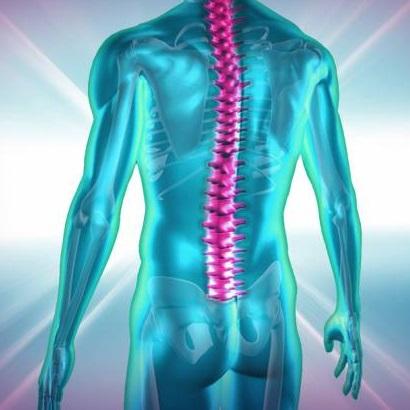Name: Rube Goldberg
Tel: +86-13697458841
E-mail: sales@aldpcb.com
Add: No.67 Chun Hui Si Street Luogang District,Guangzhou City,Guangdong Province,China
Led by MIT Institute Professor Emilio Bizzi, the researchers studied mice in which a light-sensitive protein that promotes neural activity was inserted into a subset of spinal neurons. When the researchers shone blue light on the animals’ spinal cords, their hind legs were completely, but reversibly immobilized. The findings, described in the June 25 issue of PLoS One, offer a new approach to studying the complex spinal circuits that coordinate movement and sensory processing, the researchers say.
In this study, Bizzi and Vittorio Caggiano, a postdoc at MIT’s McGovern Institute for Brain Research, used optogenetics to explore the function of inhibitory interneurons, which form circuits with many other neurons in the spinal cord. These circuits execute commands from the brain, with additional input from sensory information from the limbs.

Previously, neuroscientists have used electrical stimulation or pharmacological intervention to control neurons’ activity and try to tease out their function. Those approaches have revealed a great deal of information about spinal control, but they do not offer precise enough control to study specific subsets of neurons.
Optogenetics, on the other hand, allows scientists to control specific types of neurons by genetically programming them to express light-sensitive proteins. These proteins, called opsins, act as ion channels or pumps that regulate neurons’ electrical activity. Some opsins suppress activity when light shines on them, while others stimulate it.
“With optogenetics, you are attacking a system of cells that have certain characteristics similar to each other. It’s a big shift in terms of our ability to understand how the system works,” says Bizzi, who is a member of MIT’s McGovern Institute.
Muscle Control
Inhibitory neurons in the spinal cord suppress muscle contractions, which is critical for maintaining balance and for coordinating movement. For example, when you raise an apple to your mouth, the biceps contract while the triceps relax. Inhibitory neurons are also thought to be involved in the state of muscle inhibition that occurs during the rapid eye movement (REM) stage of sleep.
To study the function of inhibitory neurons in more detail, the researchers used mice developed by Guoping Feng, the Poitras Professor of Neuroscience at MIT, in which all inhibitory spinal neurons were engineered to express an opsin called channelrhodopsin 2. This opsin stimulates neural activity when exposed to blue light. They then shone light at different points along the spine to observe the effects of neuron activation.
For the first time, MIT neuroscientists have shown they can control muscle movement by applying optogenetics--a technique that allows scientists to control neurons’ electrical impulses with light--to the spinal cords of animals that are awake and alert.



 PCB Board
PCB Board

